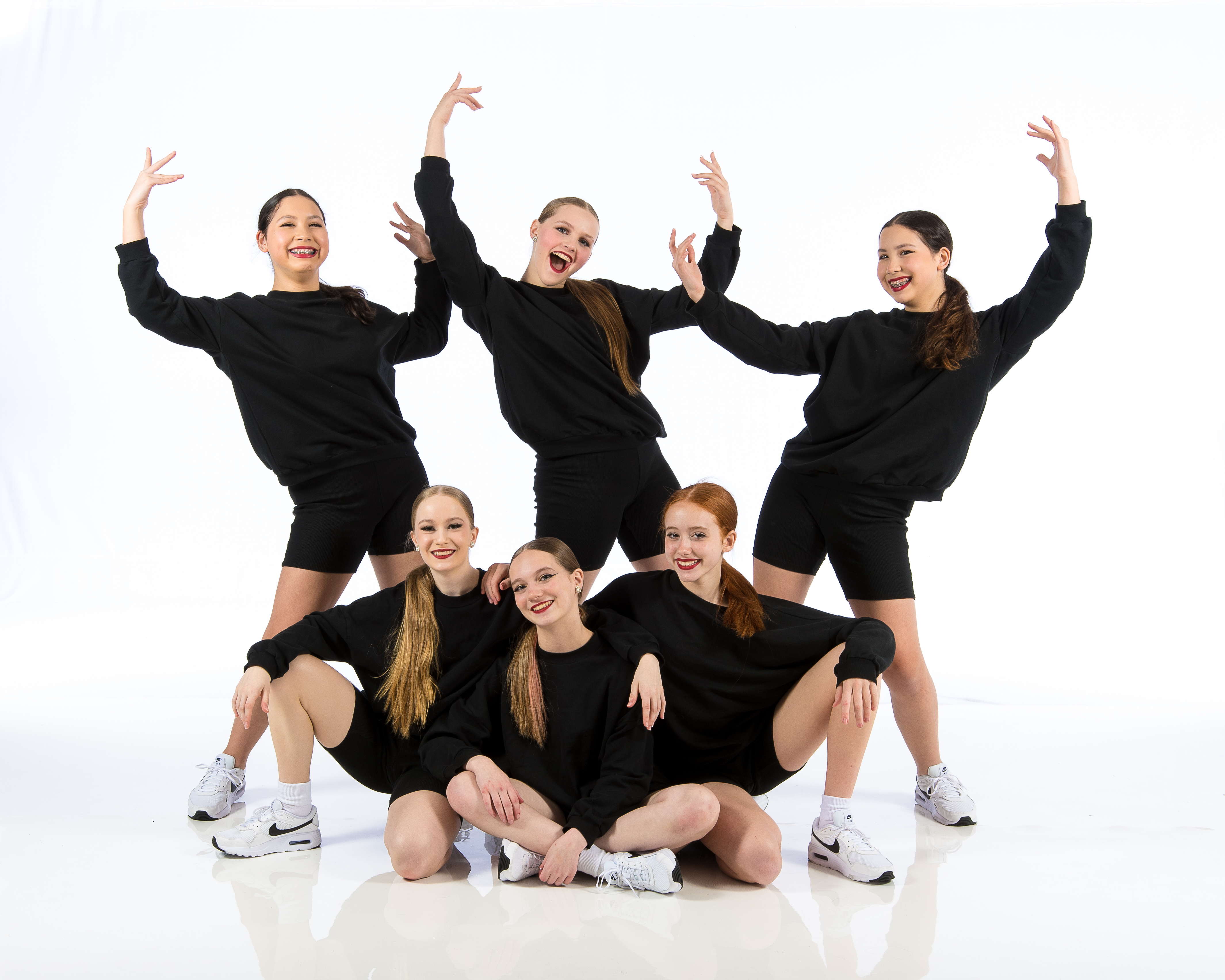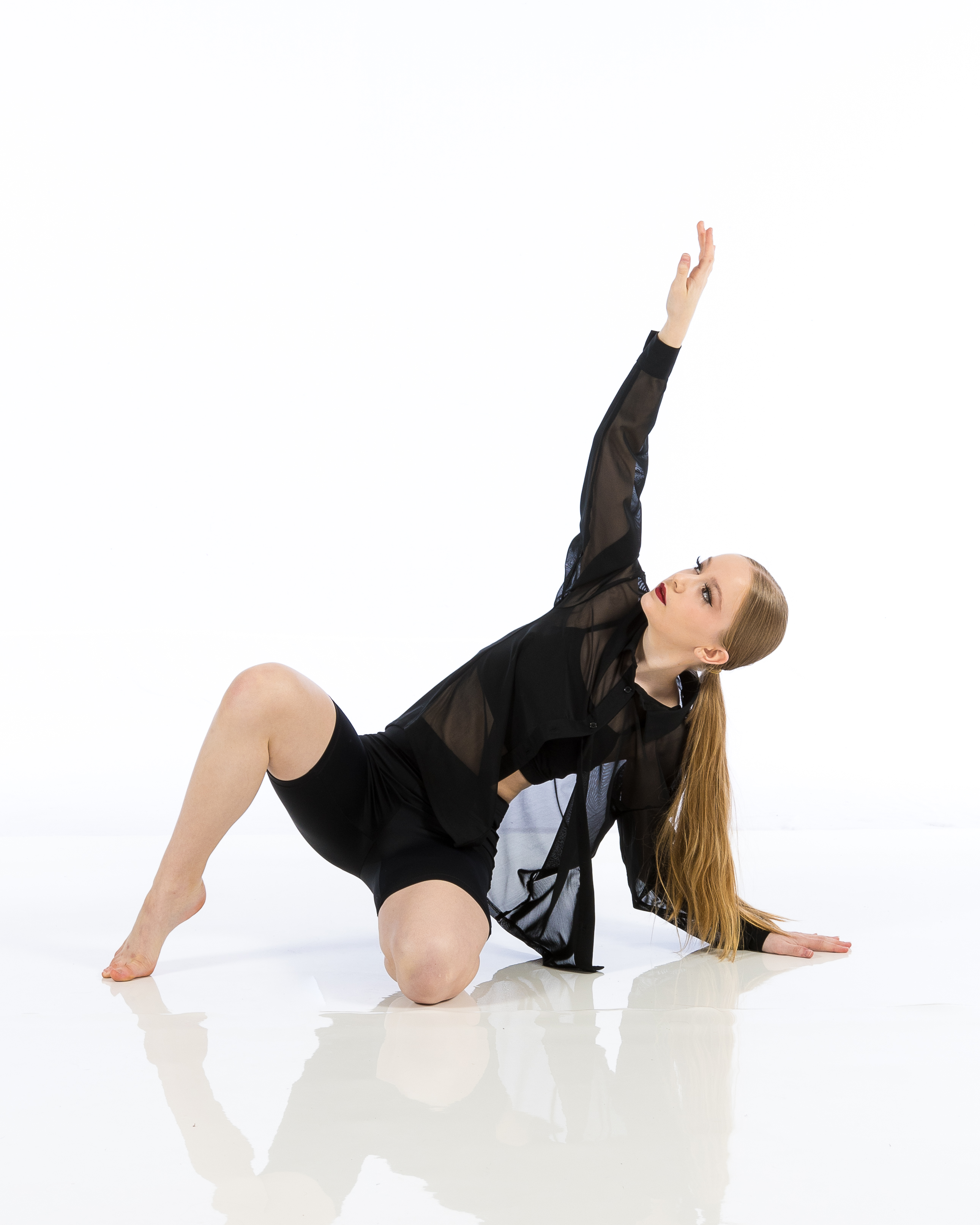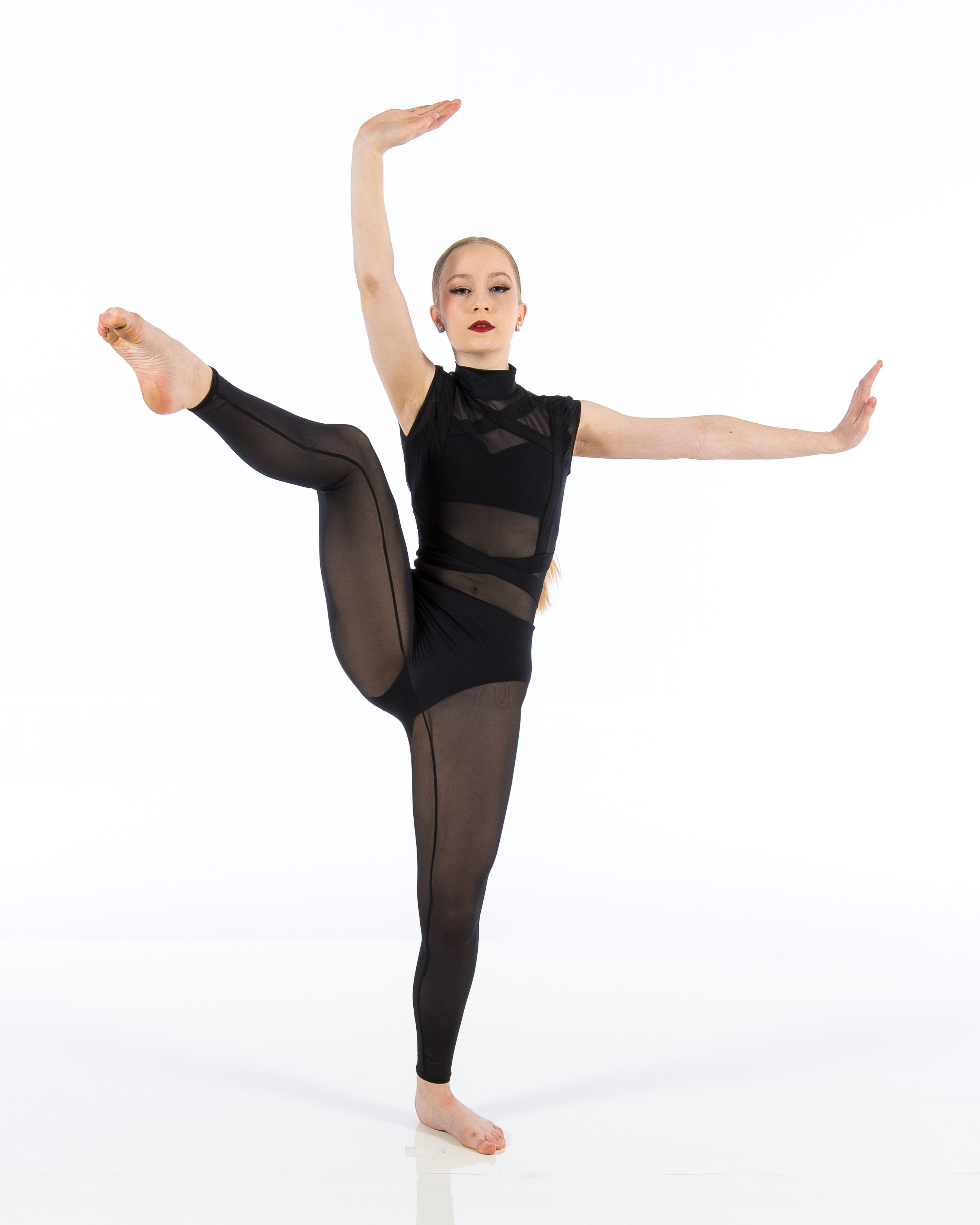Introduction
In the vibrant world of dance, individuality isn't just welcomed—it's celebrated. Dance studios across the globe serve as sanctuaries where diverse forms of expression come alive. Each dancer brings their own unique flavor to the floor, creating a rich tapestry of movement, emotion, and creativity. This article will explore how dance studios encourage individuality, allowing dancers to express themselves authentically while developing their skills.
Whether you're a novice taking your first steps or an experienced performer honing your craft, understanding the dynamics of dance studio individuality within these environments can significantly enhance your dance journey. In this exploration of “Dancing to Their Own Beat: Individuality in Dance Studio Environments,” we’ll delve into the multifaceted nature of self-expression in dance, how studios foster this environment, and why it matters profoundly for personal growth.
Dance Studio: A Hub for Creative Expression
The Role of a Dance Studio in Fostering Individuality
Dance studios serve as essential spaces where creativity flourishes. They provide an atmosphere that encourages self-exploration and personal expression through movement. Here’s how they achieve this:
Diverse Class Offerings: From ballet to hip-hop, studios offer various classes that cater to different styles and preferences, giving each dancer the chance to find their niche.
Supportive Instructors: Experienced instructors play a vital role in nurturing talent. They encourage students to explore their unique styles while offering constructive feedback.
Collaborative Environment: Many studios promote teamwork through group projects and performances, allowing dancers to learn from one another while still maintaining their individuality.
Showcasing Talent: Regular showcases or competitions permit dancers to present their unique interpretations of choreography, reinforcing self-confidence and personal artistry.
Personal Growth Through Dance
Dance is not just about mastering steps; it’s also about personal development. Here are some ways that individual expression leads to growth:
- Improved Confidence: Expressing oneself through dance helps build self-esteem as dancers become more comfortable with who they are and how they move. Emotional Release: For many dancers, movement becomes a form of therapy—a way to channel emotions and experiences creatively. Cultural Awareness: Exposure to various dance styles fosters appreciation for different cultures and traditions, broadening perspectives and encouraging inclusivity.
Encouraging Individuality in Dance Studios
Creating a Safe Space for Self-Expression
A crucial aspect of fostering individuality is establishing an environment where dancers feel safe expressing themselves without fear of judgment. Here’s how studios can create such spaces:
Open Dialogue: Encourage open communication between students and instructors regarding comfort levels with choreography choices or performance styles.
Emphasis on Respect: Cultivating a culture of respect among peers allows individuals to feel valued for their unique contributions.
Feedback Mechanisms: Offering constructive feedback rather than criticism enables students to grow without feeling disheartened by negative remarks.


Incorporating Personal Style into Choreography
One effective way studios foster individuality is by allowing students to incorporate their personal style into choreography:
- Choreographic Freedom: Students can be encouraged to add their flair when learning new routines or even create original works. Improvisation Classes: These classes allow dancers the freedom to explore movement without restrictions, helping them develop a signature style over time.
Challenges Faced by Dancers in Pursuing Individuality
Overcoming Comparison Culture
In the age of social media, comparing oneself with others has become pervasive among dancers. It’s easy to fall into the trap of measuring success against peers’ achievements rather than focusing on personal growth. Here's how studios can help combat this issue:
Promoting Unique Journeys: Highlighting stories of individual progress within the studio can inspire others by showcasing diverse paths in dance.

Mindfulness Practices: Integrating mindfulness techniques aids in reducing anxiety related to competition and comparison.
Navigating External Expectations
Family expectations or societal pressure can also hinder one’s ability to embrace individuality fully:
- Open discussions about pressures faced outside can provide relief; sharing experiences fosters camaraderie among dancers. Encouraging parental involvement in studio activities may bridge understanding between families' expectations and individual desires.
The Importance of Community Within Dance Studios
Building Connections Through Shared Passions
The communal aspect of dance helps reinforce individuality among participants:
Friendships Built on Trust: Forming bonds within classes encourages support systems that celebrate each other's strengths.
Collective Performances: Group showcases allow individuals’ uniqueness while presenting cohesive pieces that highlight collaboration.
Fostering Inclusivity Through Diversity
Diversity enriches any art form—including dance! Studios benefit immensely from welcoming dancers from all backgrounds:
- Tailoring classes for various skill levels promotes inclusivity; everyone deserves access irrespective of experience. Celebrating cultural diversity through themed workshops introduces alternative styles—broadening horizons for all participants!
FAQs
1. What defines individuality in dance?
Individuality in dance refers primarily to a dancer's unique expression through movement style, choice of music, emotional delivery, and overall artistic interpretation during performances or rehearsals.
2. How do dance studios cultivate an environment for individualized expression?
Dance studios cultivate individualized expression by providing diverse class offerings led by supportive instructors who encourage creativity alongside structured technique training—creating an atmosphere conducive toward exploring one's identity through movement!
3. What challenges do dancers face when trying to express their individuality?
Common challenges include societal pressures leading them towards conformity rather than authenticity; navigating peer comparisons often negatively impacts confidence levels too!
4. How important is community support within a dance studio?
Community support plays an integral role—it fosters strong friendships based on shared passions while celebrating each other's distinctiveness enhances overall morale!
5. Can I incorporate my style into established choreography?
Absolutely! Many instructors welcome variations—feel free adding personalized touches when learning routines; improvisation sessions also allow complete freedom exploring different facets creatively!
6. Why should inclusivity matter in a dance studio setting?
Inclusivity promotes diversity enriching artistic experiences throughout—the resulting blend creates dynamic performances showcasing varying influences ultimately enhancing everyone's journey collectively!
Conclusion
As we wrap up our exploration of “Dancing to Their Own Beat: Individuality in Dance Studio Environments,” it's clear that every dancer has something special they bring! By embracing differences—whether cultural backgrounds or personal expressions—dance studios transform into vibrant hubs filled with creativity waiting eagerly at every turn!
Supporting individual journeys not only enriches one’s own experience but also uplifts others along the way—creating bonds forged through shared passions alongside mutual respect! So whether you’re stepping onto stage solo or collaborating on group pieces together remember this fundamental truth about dancing—you’ve got rhythm inside just waiting overflow outside! Let it shine bright like stars illuminating night skies inspiring all who witness!